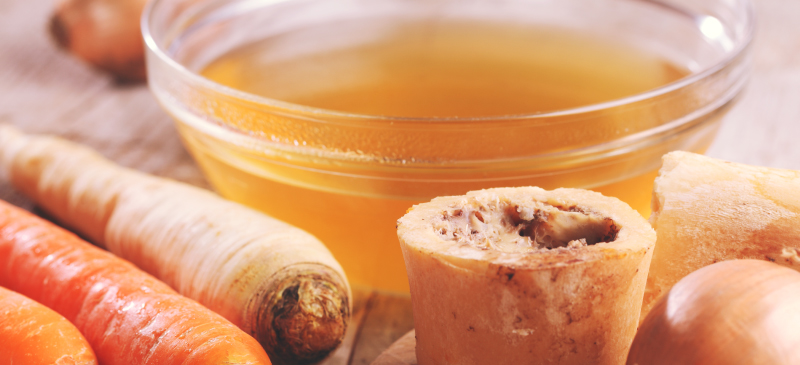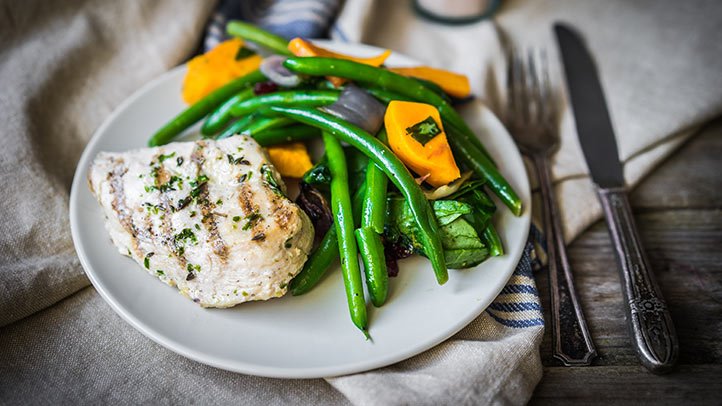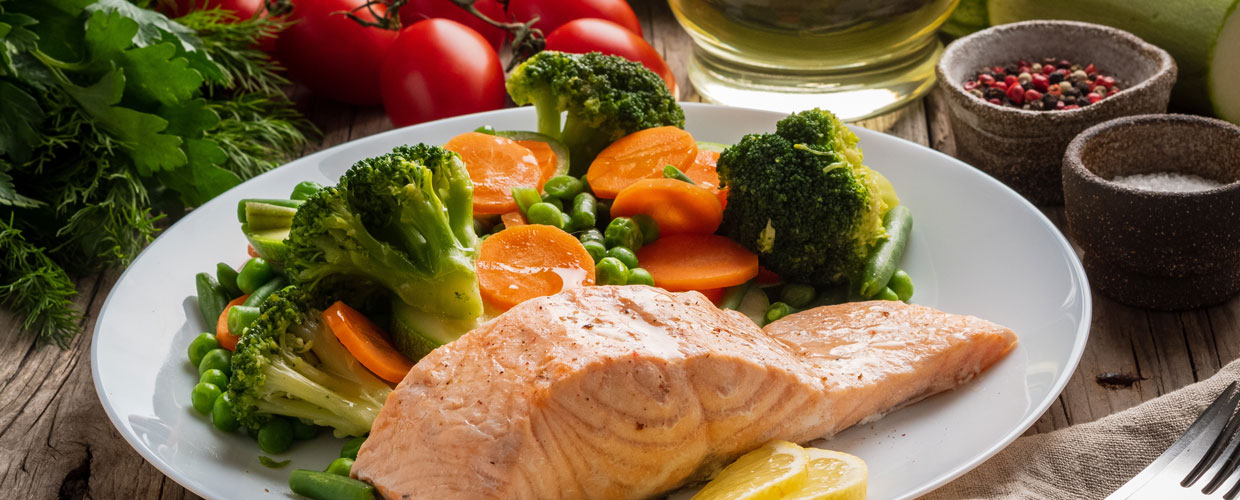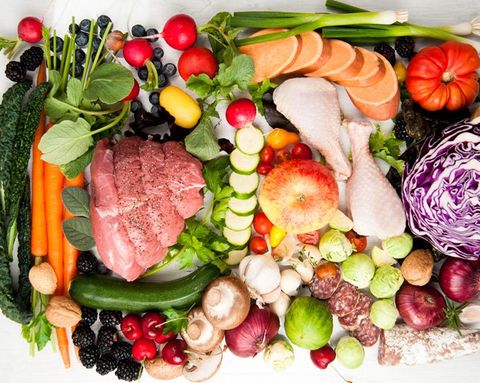AIP diet, or autoimmune protocol, is a food-based approach designed to eliminate undesirable inflammation in the body in order to relieve signs of autoimmune disorders. An autoimmune disorder is any condition in which a person’s immune system falsely attacks and damages healthy cells and the most common feature of an autoimmune disease is inflammation.
AIP diet is a very limiting eating plan with a goal to eliminate foods that can cause inflammation in your gut to reset the body’s immune system. The main aim of this diet is to treat a “leaky gut,” which is medically known as altered intestinal permeability. Autoimmune conditions may result from small holes that have developed in the intestines which allow food to leak into the body. This condition can cause your immune system to respond negatively. It is thought that when you eat only foods allowed in the AIP diet, you can help heal the leaky gut. This diet mainly promotes foods that are rich in vitamins and nutrients. Also, it highlights food with omega-3 fatty acids.

This diet is especially beneficial for those with an autoimmune condition. Although autoimmune diseases cannot be cured, they can be put into remission and AIP diet attempts to reduce some of the symptoms of these conditions.
If you do the AIP diet, you must follow the restrictive eating plan for at least a number of weeks before you are allowed to add food that is not included in the AIP diet. While there are people who try the AIP diet only for a short period of time, others adopt it as their long-term lifestyle choices. Adding foods into your diet takes time as they should be introduced gradually in order to monitor whether you have any reactions to a certain food. If you notice a reaction, you need to remove it from your diet long-term.
AIP diet is rich in meats and vegetables. The following are the type of foods you can eat:
- Vegetables, except nightshades, such as peppers, potatoes, eggplants, and tomatoes
- Meat and fish, if possible not factory raised
- Coconut product, including coconut milk
- Olive, avocado, and coconut oil
- Fruits, but in small quantities
- Honey or maple syrup, in small portions
- Vinegar, including apple cider, red wine, and balsamic (as long as they do not contain added sugar)
- Non-seed herbal teas
- Fermented foods that do not contain dairy or dairy-free, such as kombucha, nondairy kefir, kimchi, and sauerkraut.

There is a long list of foods you should avoid since the AIP diet is very restrictive. The foods you cannot eat on an AIP diet are:
- Grains
- Dairy products
- Refined sugars
- Processed foods
- Legumes, including peanuts, soy, hummus, and beans
- Industrially made seed oils, including canola oils and vegetable oils
- Eggs
- Nuts and seeds, which includes food you might not think are in this category like coffee, chocolate, and certain spices
- Food thickeners and emulsifiers.
In addition, you should not consume alcohol and nonsteroidal anti-inflammatory drugs (NSAIDs), such as ibuprofen and aspirin. Research also suggests that you should avoid blue-green algae since it can possibly stimulate the immune system.
Many people find the AIP diet hard to follow and tricky to stick to because it is very restrictive and sometimes even interferes with your daily lifestyle. However, you can try a modified AIP diet by removing fewer foods, usually food too high in fat and cholesterol. If you decide to follow the AIP diet, you will find that the benefits outweigh the burden of its restrictions. Since the diet focuses on healthy foods, your body will likely react positively.




